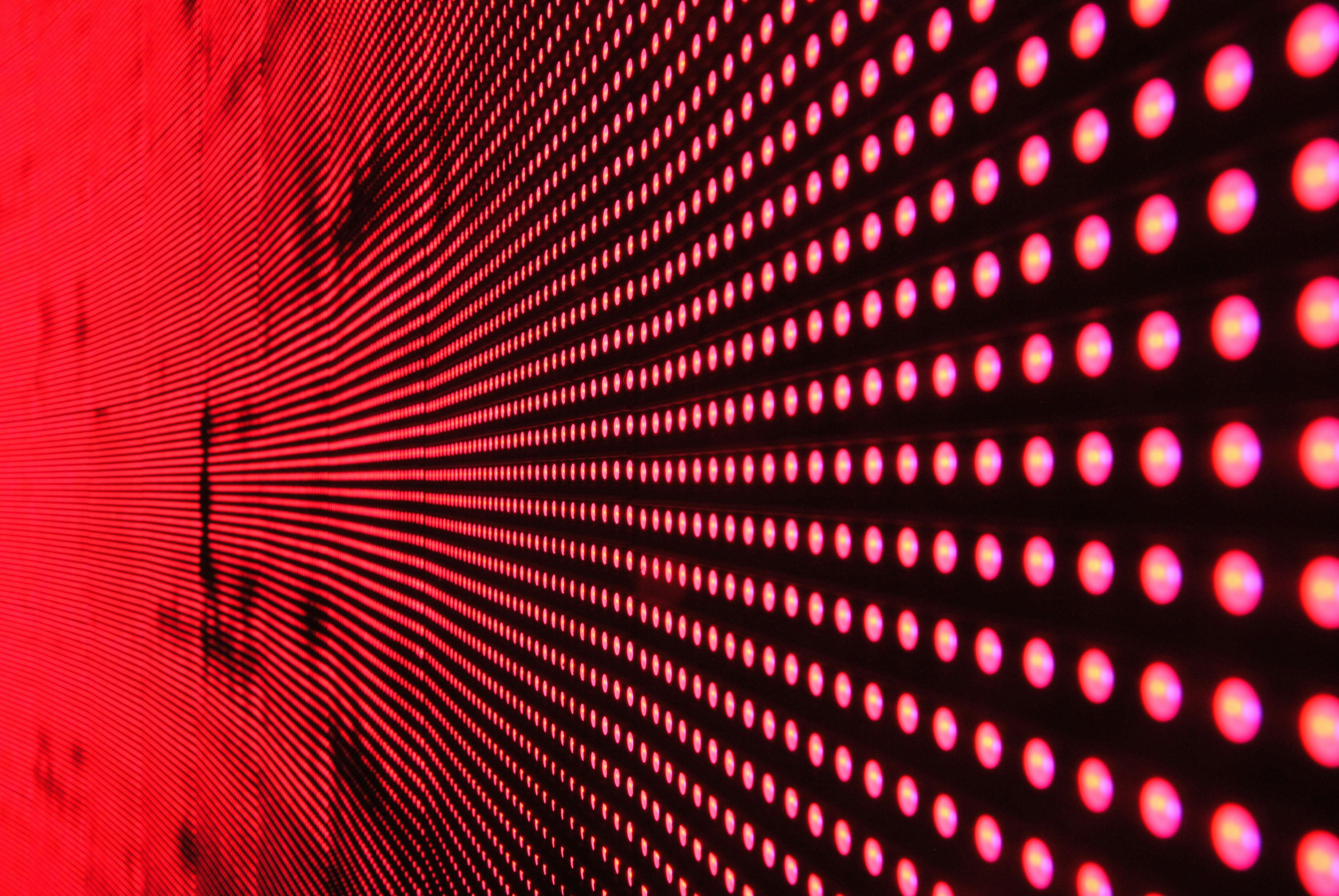Digital Art: From Pixels to Fine Art Galleries
Introduction: The world of art is constantly evolving, and the latest frontier is digital art. From the creation of pixel art in the 1980s, to the rise of NFTs today, this form of artistic expression is reshaping the way we understand and interact with art.

Pixel Beginnings: The Dawn of a Digital Era
Digital art has its origins in the 1960s, but it was in the 1980s, with the advent of pixel art, that it began to come into its own. Video games, with their limited graphics capabilities, were the birthplace of pixel art. Artists had to create images using only a grid of tiny squares, leading to a unique, blocky aesthetic that is still loved today.
The Rise of Digital Art
Over time, technological advancements allowed digital artists to create more detailed and complex works. The introduction of software like Adobe Photoshop and Illustrator in the 1990s opened up new possibilities for artists, allowing them to create digital works that rivaled traditional mediums in terms of detail and subtlety. Today, digital artwork can be found everywhere from advertising to fine art galleries, demonstrating the wide range of this medium.
The Impact of the Internet
The internet has been instrumental in the rise of digital art. It has allowed artists to share their work with a global audience, and provided a platform for collaborative and interactive art projects. In addition, social media sites like Instagram and Twitter have given artists a way to connect with their audience and gain recognition for their work.
NFTs: A New Art Market Emerges
The recent rise of non-fungible tokens (NFTs) has opened up a completely new market for digital art. NFTs use blockchain technology to create a digital ‘certificate of authenticity’, providing a way for artists to sell their digital works as unique pieces. This has led to a surge in interest in digital art, with some pieces selling for millions of dollars.
The Future of Digital Art
Despite its relatively short history, digital art has already gone through significant changes and developments. As technology continues to evolve, it is likely that digital art will continue to change and grow, and may even reshape our understanding of what art is. From virtual reality art installations to AI-generated paintings, the future of digital art is wide open and full of exciting possibilities.
In conclusion, digital art has come a long way from its humble beginnings in pixel art. Today, it is a vibrant and dynamic field of artistic expression, with a growing market and an increasingly important place in our culture. As technology continues to evolve, so too will digital art, offering new and exciting possibilities for artists and art lovers alike.




